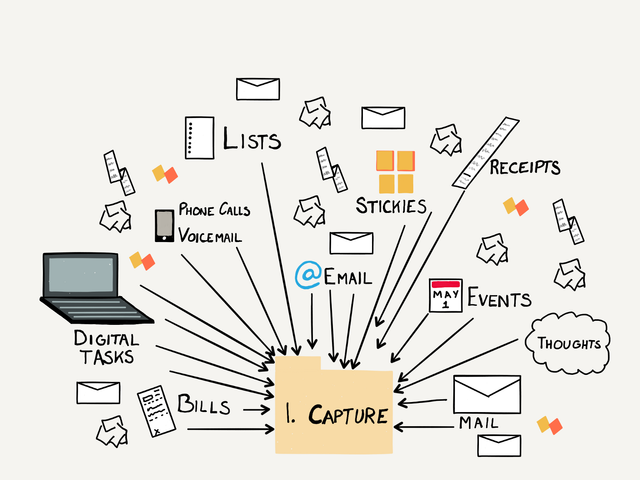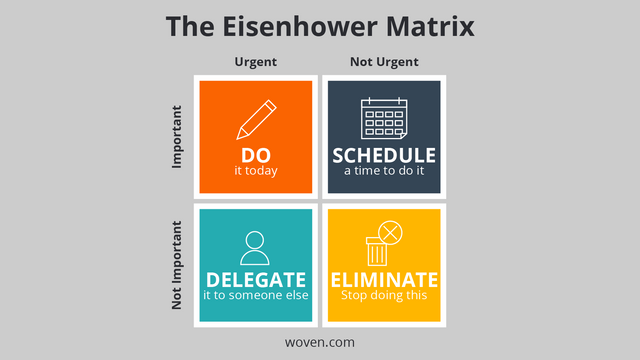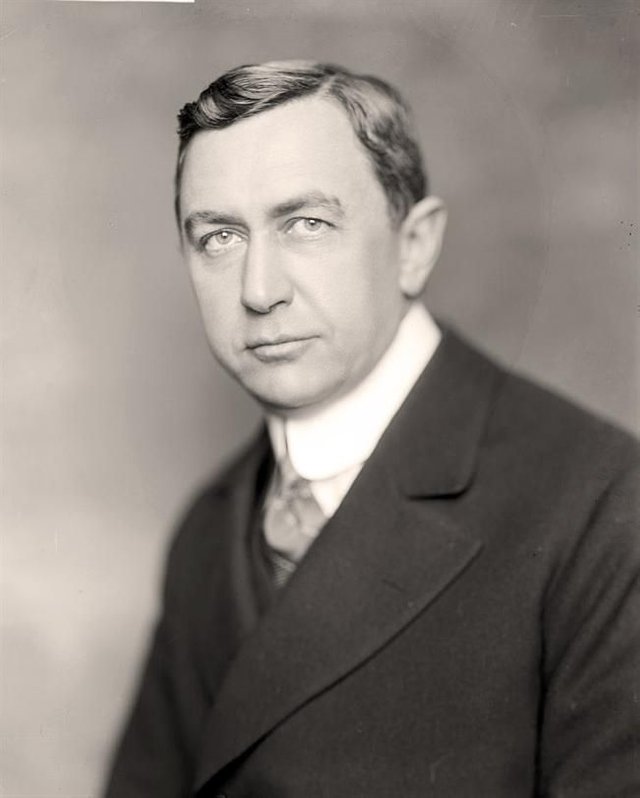Are you one of those who would like the day to have 24 hours? Do you feel that no matter how much you do or invest time, your tasks do not stop accumulating? Can you no longer find what to do to feel productive? ... I have good news for you, we don't need to have powers to open space-time portals or alternate realities like Dr. Strange to face our overwhelming tasks, we just need to read this post… xD. Well not exactly, but knowing and applying some of the tools that we will see below.
We understand productivity as the capacity we have to carry out many activities in a short time, if in addition to that we use the least amount of resources possible then we are efficient. However, in these times where immediacy is everything, many people end up stressed or frustrated when they see time go by, but their tasks do not disappear.

However, being productive is not something reserved for superhumans, nor is a talent that you are born with something you learn, train, and can improve more and more. That is why many psychologists, specialists in human behavior, productivity, task management, etc., have been given the task of developing different techniques to help us with this purpose, below, I briefly describe ten of the best tools to fulfill on time, without trauma and stress our daily obligations.

 Source
SourceGetting Things Done (GTD)
This method, developed by the expert productivity consultant David Allen, is based on the principle that you have to keep your mind “clear” of as many concerns as possible, for this it focuses on applying strategies that facilitate storage, monitoring, and review of all the information related to a task.
A brief description of GTD from Allen's Ready for Anything book:
Keep everything out of your head. Decide what actions your tasks require when they appear - not when they expire. Organize reminders of your projects and their upcoming actions in the appropriate categories. Keep your system updated, complete, and sufficiently revised to know the options that you have about what you are doing (and not doing) at any time. »
The basic elements applied by the GTD are:
• Collect: all tasks should be placed in "baskets" or "buckets" such as emails, diaries, PDAs, tape recorders, note pads, etc., never in your mind.
• Process: start from the beginning, from the simplest. Do only one thing at a time. Everything you can do in less than two minutes is your priority. If something is not your direct competence, delegate it immediately.
• Organize: try to organize your tasks as best you can, for example, upcoming actions, projects, on hold, maybe / sometime.
• Review: constantly review your to-do list to keep it up-to-date, eliminating what you've done and adding new ones.
• Do it: it is useless to get organized if you do not start doing or solving your pending issues, come on, just do it!
Pomodoro Technique
Its name was inspired by the tomato shape of the classic kitchen clock used by the creator of the technique, the Italian Francesco Cirillo when he was a university student (Pomodoro means tomato in Italian). This system is based on dividing the execution time of a task into periods of twenty-five minutes, after which one must take breaks of 5-10 minutes every 25-50 of activity and a longer rest every 100 minutes.
For the execution of this technique, it is necessary to use a timer, preferably with some kind of alarm that will indicate the start-end of each Pomodoro (period). Restarting the timer symbolizes our commitment to complete the task while advancing it provides conditioning or stimulus to try to “beat” the passage of time. You know ... run fast and furious style.

Eisenhower Priority Matrix
This productivity technique owes its name to former US President Dwight Eisenhower, a man who was recognized for his high productivity. Based on the practices and habits of the American president, Stephen Convey, an expert in business administration, developed the Eisenhower matrix, as we know it to this day, in his book The 7 Habits of Highly Effective People.
 Source
SourceThis matrix establishes four types of tasks, according to the importance and urgency, to identify which are a priority, which are secondary, which can be delegated, and which are disposable, our work will consist of making the classification and establishing priorities based on it.

Ivy Lee method
This system became known in 1918 when the president of the Bethlehem steel company, Charles M Schwab, decided to meet with Ivy Lee to improve the productivity of his employees. Lee, a famous Public Relations professional and productivity consultant from the beginning of the 20th century, created a method that allowed to improve the company's performance with its clients.
The story goes that Schwab proposed to Lee that he talk to each of his employees for 15 minutes and that he would not pay him anything until he verified his effectiveness. If it didn't work out, he would pay you for the time spent conducting those interviews. After three months, and because of the remarkable progress of his business, Schwab presented Lee with a check for $ 25,000. Boy that was a fortune at the time!
Ivy Lee's approach to the technique is one of the simplest, he considered that the workday should be divided into six essential tasks, which were listed hierarchically according to an urgency to attend to them, these tasks are planned at night to save him minutes to the clock when you get up. If you do not complete a task, you do not advance to the next. If you do not comply with the six daily tasks, the remaining ones can be rescheduled for the next day.
Focus time
A variant of Flowtime, a technique developed by Dionatan Moura in 2015, Focus Time consists of putting all your attention on solving a task without paying attention to distractions. This technique is based on the principles of mindfulness (full concentration), your task must become your world, your now, and you now.
 Source
SourceWhat are these productivity techniques looking like so far? Interesting isn't it? As we know that up to this point you may already be starting to lose concentration and focus on reading, we are waiting for you in our next publication where we will develop the others. Five remaining techniques, do not miss them! They will surely be of great help to you in your daily tasks.
Thank you very much for your attention
We keep reading!




Hi @karupanocitizen Extremely interesting your post which I have read carefully, as I have time working to be more productive in all areas of my life, the strategies you explain has certainly a good basis, only that these times must be nuanced by the pandemic or emphasize in particular cases such as Venezuela, the Pomodoro technique seems interesting to me so much that I'm delving into it, good post, success.
Downvoting a post can decrease pending rewards and make it less visible. Common reasons:
Submit
Muchas gracias @aplausos por tu bonito comentario, efectivamente en estos tiempos tan turbulentos que vivimos, sobre todo los que aún nos mantenemos en nuestra amada Venezuela hay que hacer malabares para rendir el tiempo, aún faltan otras herramientas que daré a conocer en el próximo post el cual espero sea también de tu agrado.
¡Nos Seguimos Leyendo!
Downvoting a post can decrease pending rewards and make it less visible. Common reasons:
Submit